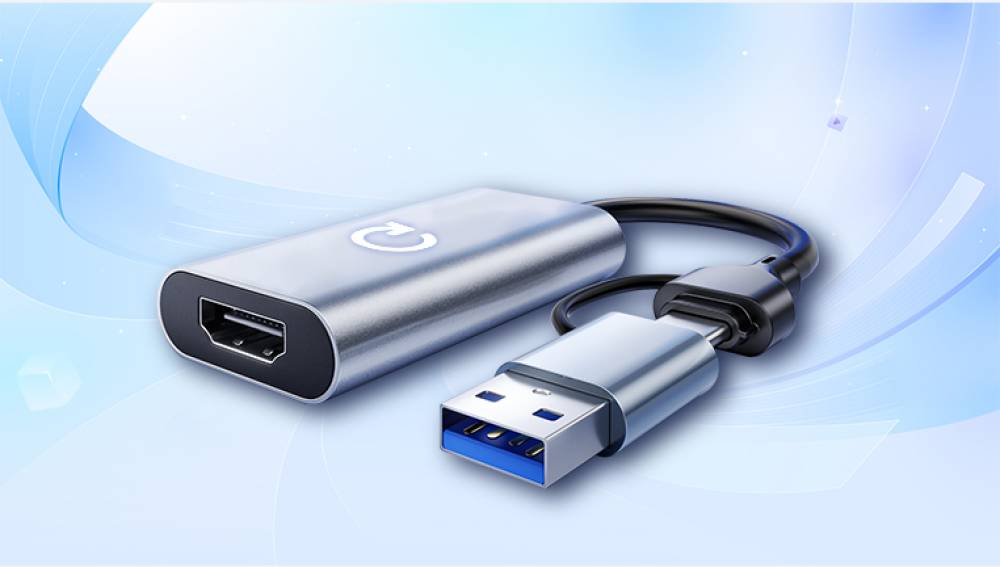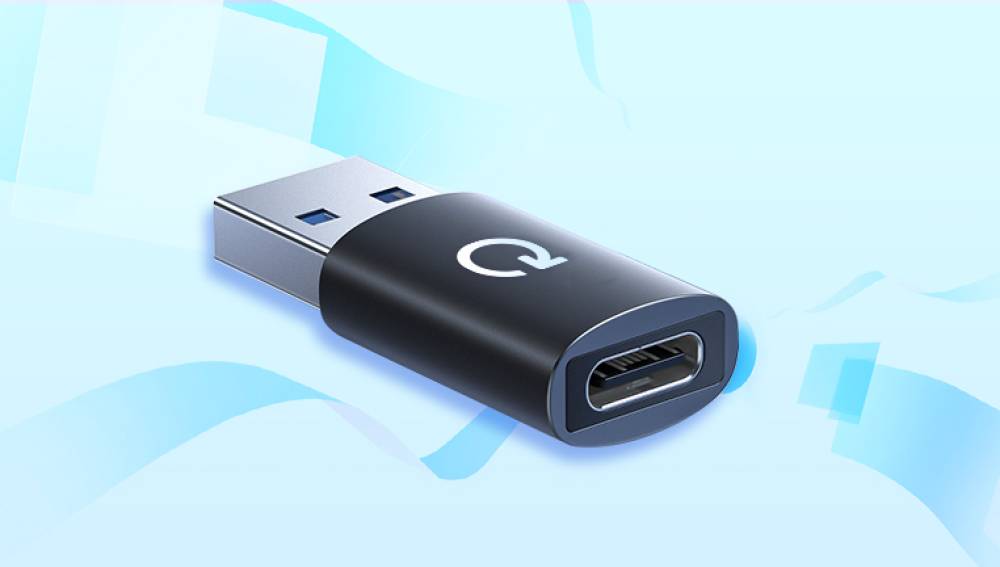A flash disk, also known as a USB flash drive, is a popular portable storage device. However, users may encounter a frustrating issue where the flash disk is write protected and cannot be formatted. This problem can prevent data from being saved, deleted, or modified on the drive, and it also makes it difficult to re initialize the disk through formatting.
Possible Causes
Physical Write Protection Switch
Many flash drives are equipped with a physical write - protection switch. This switch is a small lever or slider located on the body of the drive. When the switch is set to the write - protect position, it restricts any write operations to the drive, including formatting. This is a simple and intentional way to prevent accidental data deletion or modification.

Viruses and Malware
Viruses and malware can infect a flash drive and modify its settings. Some malicious programs may set the write - protection attribute on the drive as a way to prevent the removal of the malware itself. Once the drive is write protected, it becomes difficult to run antivirus scans or format the drive to clean the infection.
File System Errors
File system errors can occur due to improper ejection of the flash drive, power outages during data transfer, or other issues. These errors can corrupt the file system structure on the drive, leading to the write - protection state. The operating system may set the drive as write - protected to prevent further data corruption.
Hardware Issues
Hardware problems such as a damaged circuit board, faulty USB connector, or worn - out memory chips can also cause the write - protection issue. If the internal components of the flash drive are damaged, it may not function properly, and the drive may appear to be write - protected and unformatable.
Registry Issues
In some cases, incorrect registry settings in the operating system can affect the behavior of the flash drive. The registry stores configuration information for various hardware and software components. If the registry entries related to the flash drive are corrupted or misconfigured, it can lead to the write - protection problem.
Solutions
Check the Physical Write - Protection Switch
The first step is to check the physical write - protection switch on the flash drive. Locate the switch on the body of the drive and move it to the opposite position. Usually, moving the switch to the "unlock" or "write" position will remove the write - protection. After changing the switch position, try to format the drive again. If the switch is broken or stuck, the flash drive may need to be repaired or replaced.
Scan for Viruses and Malware
Use a reliable antivirus program to scan the flash drive for viruses and malware. Connect the flash drive to your computer and run a full - system scan, including a scan of the removable drive. If the antivirus program detects any threats, follow its instructions to remove them. After the scan is complete, try to format the drive again. If the virus has caused severe damage to the drive, it may be necessary to use specialized malware removal tools or seek professional help.
Fix File System Errors
You can use the built - in disk checking tools in the operating system to fix file system errors on the flash drive.
For Windows
Open "This PC" (previously known as "My Computer") and right - click on the flash drive.
Select "Properties" from the context menu.
In the "Properties" window, go to the "Tools" tab.
Under "Error checking," click "Check." The system will then scan the drive for errors and attempt to fix them.
After the scan is complete, try to format the drive.
For macOS
Connect the flash drive to your Mac.
Open "Disk Utility" from the "Applications" > "Utilities" folder.
Select the flash drive from the left - hand sidebar in Disk Utility.
Click the "First Aid" button. Disk Utility will scan and repair any file system errors on the drive.
Once the process is finished, try to format the drive.
Bypass Write - Protection Using Command Prompt (Windows)
If the above methods do not work, you can try to bypass the write - protection using the Command Prompt.
Open the Command Prompt as an administrator. To do this, search for "Command Prompt" in the Start menu, right - click on it, and select "Run as administrator."
In the Command Prompt, type the following commands one by one and press Enter after each command:
diskpart
list disk
This will display a list of all the disks connected to your computer. Identify the number of the flash drive you want to format.
select disk X (Replace "X" with the number of the flash drive).
attributes disk clear readonly
This command will remove the read - only attribute from the disk.
clean
This command will erase all data and partitions on the drive.
create partition primary
This command will create a new primary partition on the drive.
format fs=ntfs quick (You can change "ntfs" to "fat32" if you prefer the FAT32 file system). This command will quickly format the drive with the specified file system.
Update Device Drivers
Outdated or corrupted device drivers can cause problems with the flash drive. You can update the USB device drivers in the Device Manager on Windows.
Open the Device Manager by right - clicking on the Start button and selecting "Device Manager."
Expand the "Universal Serial Bus controllers" category.
Right - click on each USB device related to the flash drive and select "Update driver."
Choose "Search automatically for updated driver software" and follow the on - screen instructions. After the drivers are updated, try to format the flash drive again.
Modify Registry Settings (Advanced)
Modifying the registry can be risky, so it is recommended to back up the registry before making any changes.
Open the Registry Editor by pressing the Windows key + R, typing "regedit," and pressing Enter.
Navigate to the following key: HKEY_LOCAL_MACHINE\SYSTEM\CurrentControlSet\Control\StorageDevicePolicies
If the "StorageDevicePolicies" key does not exist, you can create it by right - clicking on "Control," selecting "New" > "Key," and naming it "StorageDevicePolicies."
In the "StorageDevicePolicies" key, create a new DWORD (32 - bit) value named "WriteProtect."
Double - click on the "WriteProtect" value and set its data to "0" to disable write - protection.
Close the Registry Editor and try to format the flash drive.
Replace the Flash Drive
If all the above methods fail, it is likely that the flash drive has a hardware problem. In this case, the best solution may be to replace the flash drive with a new one. You can transfer any important data from the old drive to the new one if possible.
A write protected and unformatable flash drive can be a challenging problem, but by following the steps outlined in this article, you can often resolve the issue. Start with the simplest solutions, such as checking the physical write protection switch and scanning for viruses, and gradually move on to more advanced methods like using the Command Prompt or modifying registry settings. If all else fails, replacing the flash drive may be the only option. Remember to always back up your important data regularly to avoid data loss in case of drive failure.




